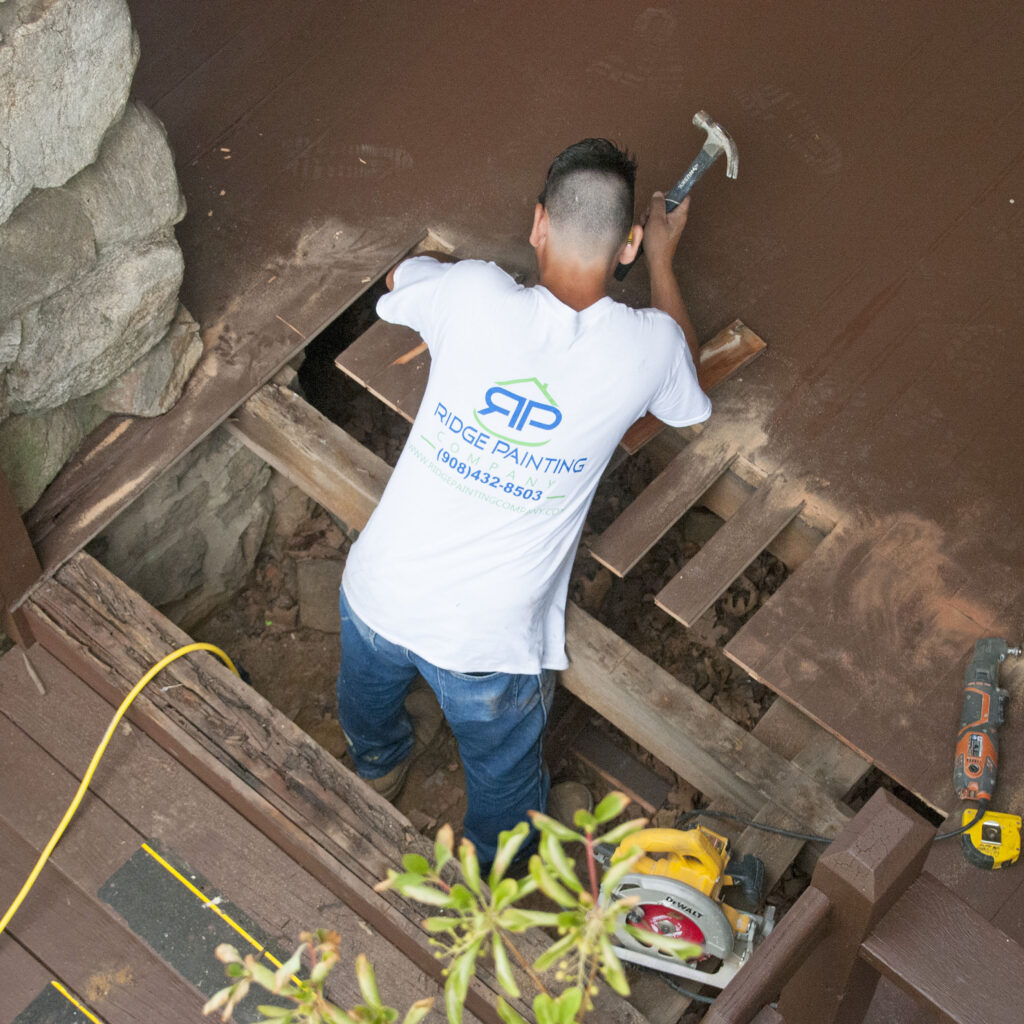
Carpentry Replacement: The Crucial Step Before Painting
In the realm of home maintenance and renovation, the integrity of a home’s structure is paramount. Among the various elements that ensure this integrity, wood plays a pivotal role, especially in the framing, siding, and finishing of a house. However, wood, despite its strength and aesthetic appeal, is susceptible to decay over time. This decay, often manifested as rotten wood, poses significant risks not only to the structural integrity of homes but also to their aesthetic appeal. Thus, carpentry replacement, particularly the replacement of rotten wood, emerges as a critical maintenance task, especially before undertaking painting projects.
Understanding Wood Decay in Homes
Wood decay, or rot, is primarily caused by fungi that thrive in moist environments. These fungi break down the cellulose and lignin in wood, which are essential for the wood’s strength and rigidity. The primary catalyst for wood decay is moisture, which can accumulate due to various reasons such as rainwater infiltration, plumbing leaks, or high humidity levels. Over time, if left unchecked, wood rot can lead to significant structural damage, making areas of a home unsafe.
The Importance of Replacing Rotten Wood Prior to Painting
Structural Integrity
Rotten wood not only compromises the structural integrity of a home but also poses significant safety risks to its occupants. The weakened structure can lead to sagging floors, unstable walls, and in severe cases, collapse of parts of the building. Painting over rotten wood is akin to putting a band-aid on a severe wound; it covers up the problem without addressing the root cause. By proactively replacing rotten wood, homeowners not only ensure that the structure remains sound and safe but also protect their investment by preventing further degradation that could lead to expensive structural repairs down the line.
Longevity of Paint Job
The longevity of a paint job is significantly impacted by the condition of the surface it’s applied to. Rotten wood, being unstable and moisture-laden, provides a poor foundation for paint. As a result, painting over rotten wood often leads to peeling, cracking, and bubbling of the paint, which not only detracts from the appearance of the home but also requires frequent and costly touch-ups and repaints. By replacing rotten wood before painting, homeowners can ensure that the paint adheres properly to the surface, thereby extending the life of the paint job and maintaining the home’s aesthetic appeal for longer periods.
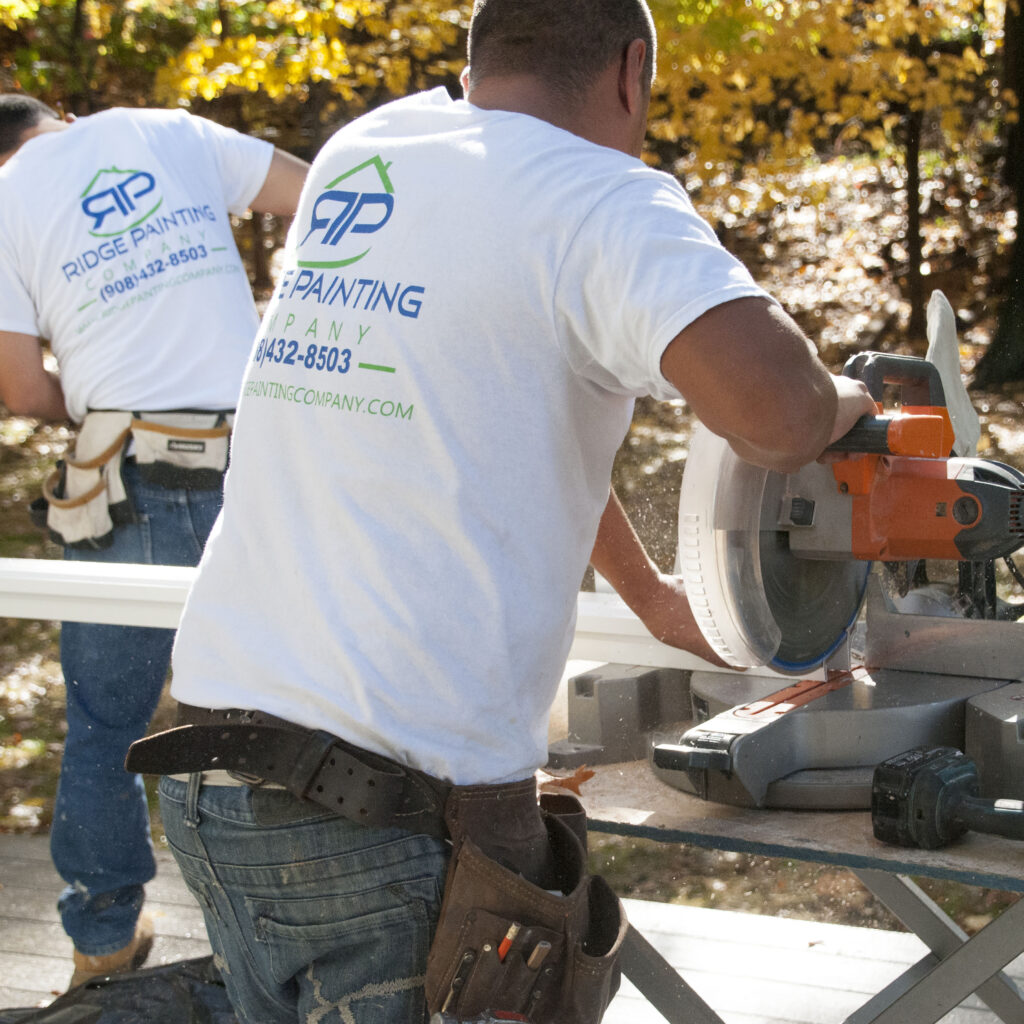
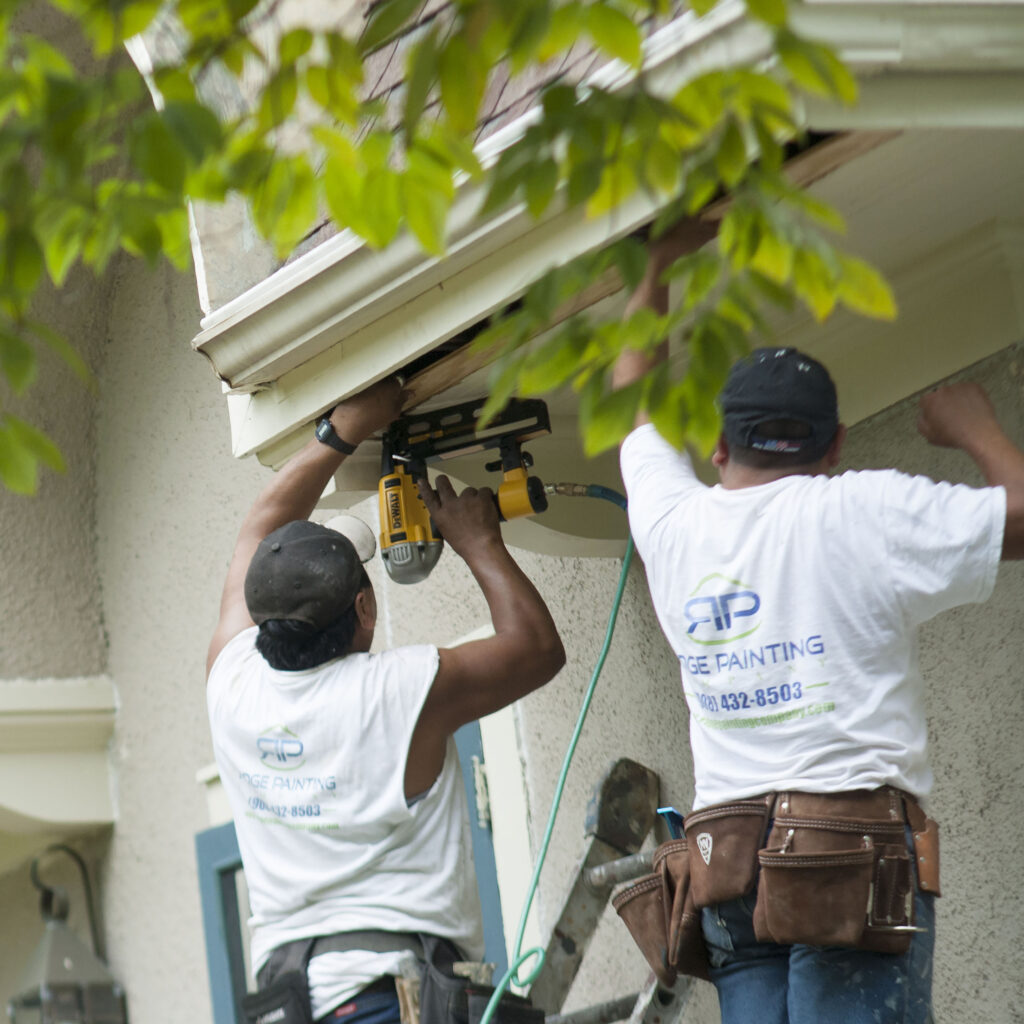
Prevention of Further Damage
Replacing rotten wood before painting is a critical step in preserving the integrity of a home. When rotten wood is merely painted over, it creates an environment conducive to the continued growth of fungi and the spread of decay, hidden beneath the surface. This not only leads to more extensive damage over time but also makes future repairs more challenging and expensive. By addressing the issue at its source and replacing the rotten wood, homeowners can halt the spread of decay, preventing further damage and saving on the costs and headaches associated with major structural repairs.
Aesthetic Appeal
The aesthetic appeal of a home is greatly enhanced by a fresh coat of paint, but this is only true when the paint is applied to new or undamaged wood. Rotten wood can cause the paint to appear uneven and blemished, significantly detracting from the home’s overall appearance. Moreover, the presence of rotten wood can lead to unsightly bulges and dips in the painted surface, making it impossible to achieve a smooth, uniform finish. By replacing rotten wood before embarking on a painting project, homeowners can ensure that their home not only looks beautiful but also feels welcoming, increasing its curb appeal and potentially its market value.
Steps for Replacing Rotten Wood
Replacing rotten wood involves several key steps to ensure that the new wood lasts and integrates well with the existing structure:
- Inspection and Assessment: The first step involves thoroughly inspecting the home for signs of wood rot. Common areas include window sills, door frames, deck boards, and siding. Any soft, discolored, or crumbly wood is likely rotten.
- Removal of Rotten Wood: Once the rotten wood is identified, it must be carefully removed without damaging the surrounding areas. This often requires precision tools and a careful approach to ensure that only the damaged wood is removed.
- Treatment of Surrounding Areas: After removing the rotten wood, it’s essential to treat the surrounding areas to prevent further decay. This may involve applying fungicides or sealants that protect against moisture and fungi.
- Replacement with New Wood: The next step is to replace the removed wood with new, treated lumber that matches the existing wood in terms of type and size. It’s crucial to ensure that the new wood is properly installed and secured.
- Priming and Painting: Before painting, the new wood should be primed to protect it against moisture and to ensure that the paint adheres properly. Once primed, the wood can be painted to match the rest of the home.


Long-term Benefits of Carpentry Replacement Before Painting
Investing in carpentry replacement before painting offers several long-term benefits:
- Enhanced Durability: By replacing rotten wood, homeowners extend the lifespan of their homes. The new, treated wood is more resistant to decay, ensuring that the home remains structurally sound for years to come.
- Improved Energy Efficiency: Rotten wood often leads to gaps and cracks that can increase heating and cooling costs. Replacing it helps seal these gaps, improving energy efficiency.
- Increased Property Value: Homes that are well-maintained, including those with recent carpentry replacements and paint jobs, typically command higher property values and are more appealing to buyers.
- Reduced Maintenance Costs: Addressing wood rot early by replacing it before painting can prevent more significant, costly repairs down the line. It’s a proactive approach that saves money in the long run.
Conclusion
The importance of replacing rotten wood before painting cannot be overstated. This crucial maintenance task not only ensures the structural integrity of homes but also enhances their aesthetic appeal and longevity. By following the steps outlined for replacing rotten wood and understanding the benefits of such maintenance, homeowners can protect their investment and enjoy their beautiful, sturdy homes for many years. Investing time and resources into carpentry replacement before painting is a wise decision that pays dividends in terms of safety, beauty, and value.
You Might Also Like
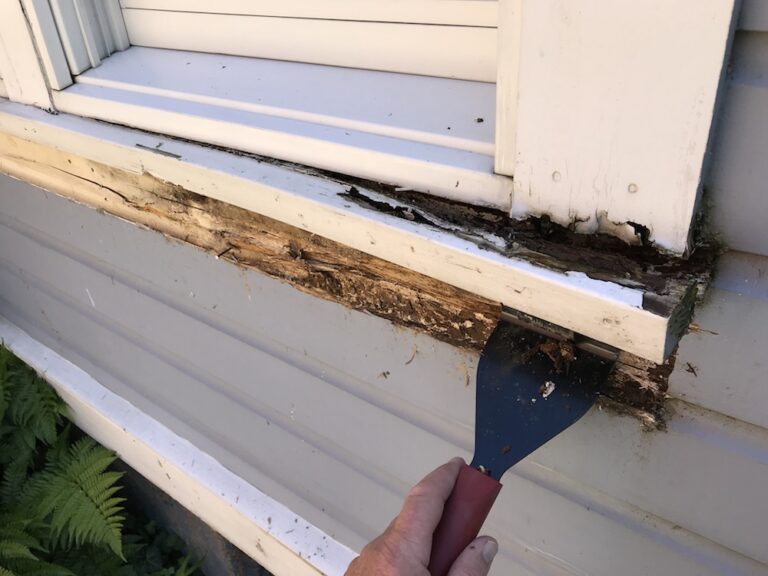 Replacing Rotten Wood: Restore Your Home’s Integrity - The structural integrity and aesthetic appeal of your home largely depend on the condition of its wooden components. Over time, exposure to moisture and other environmental factors can cause wood to rot, compromising not only the appearance of your home but also its safety and durability. Carpentry repair is a crucial maintenance task that homeowners … Continue reading Replacing Rotten Wood: Restore Your Home’s Integrity
Replacing Rotten Wood: Restore Your Home’s Integrity - The structural integrity and aesthetic appeal of your home largely depend on the condition of its wooden components. Over time, exposure to moisture and other environmental factors can cause wood to rot, compromising not only the appearance of your home but also its safety and durability. Carpentry repair is a crucial maintenance task that homeowners … Continue reading Replacing Rotten Wood: Restore Your Home’s Integrity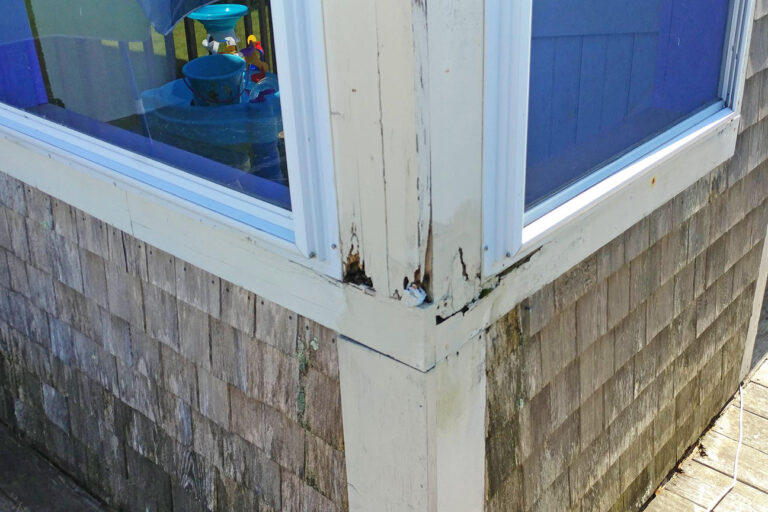 The Key to a Lasting Paint Job: Addressing Underlying Issues Before Painting - When it comes to home maintenance, painting is often seen as a cosmetic update, a way to refresh the look of a home or protect surfaces from the elements. However, the longevity of a paint job, its ability to prevent further damage, and its overall aesthetic appeal hinge on more than just the quality of … Continue reading The Key to a Lasting Paint Job: Addressing Underlying Issues Before Painting
The Key to a Lasting Paint Job: Addressing Underlying Issues Before Painting - When it comes to home maintenance, painting is often seen as a cosmetic update, a way to refresh the look of a home or protect surfaces from the elements. However, the longevity of a paint job, its ability to prevent further damage, and its overall aesthetic appeal hinge on more than just the quality of … Continue reading The Key to a Lasting Paint Job: Addressing Underlying Issues Before Painting

